By Sandip K. Khetan and Veenit Surana
In the short run, the market can be a voting machine i.e., tallying up which firms are popular and unpopular and lured by investor sentiment. In the long run, it is a weighing machine i.e., determining the substance of a company and its potential. This is a one-off description of how the new internet IPO (e-commerce, online, platform) companies are faring in the current market.
India’s growth in terms of PE/VC investments also has been significant over the past several years. After remaining resilient for almost six months amid global headwinds of tightening liquidity and rising inflation, Indian PE/VC investment flows for the first time has shown some tepidness. PE/ VC investments in July 2022 were the lowest in over a year both in terms of value and volume. At US$3 billion, PE/VC investments in July 2022 were 69% lower than the value recorded in July 2021 (US$9.7 billion) and 40% lower than investments in June 2022 (US$4.9 billion). PE-backed IPOs, which were one of the defining features of PE/VC exits last year, continue to remain elusive in 2022. With tightening of liquidity, uncertainty caused by geo-political events, and sharp correction in some recently listed start-ups in the initial months of 2022, the sentiment for IPOs from start-ups and other companies have dampened to an extent.
Also read: What will save Indian share market from mild recession? Aditya Birla MF’s Mahesh Patil answers; check top bets
To better understand these companies and their potential to grow, the underlying business model holds the key. Some are transformative while others aim to bring simplicity and efficiency to the way things are currently performed and are incrementally innovative as well. Over the past few years, India has risen to become a competitive platform for such companies by creating employment, attracting talent, obtaining funding and placing India firmly on the global map to innovatively solve complex problems at scale.
One part of the equation is attributable to market fundamentals and investor preference, and another part to the growth potential and maturity of these companies. There is a long runway as we have 100 + Unicorns and some of them are listed. There are many companies in this pipeline which include companies in fintech, consumer internet, education, enterprise tech and media and entertainment sectors. The maturity of the start-up ecosystem has also changed since many of the start-ups which were funded by PE and other investor groups are looking for an exit and a lot of these businesses have also matured and have acquired scale as well.
Internet companies are not typical, and valuation can be a challenge. As investors competed with each other in the process valuations were driven higher and higher. Valuation methodologies have continued to evolve over time. During the dotcom era number of clicks on a website, etc. were some of the ways which led to inflated valuation wherein the view changes from just getting visitors to your website to tracking actual revenue generated. There could be other methods of valuation emerging, e.g., gross merchandise value/order value, etc. evaluating the true potential will take time to evolve, let alone the wider socially and consumer-centric positive impact of many of these companies. Themarket also weighs these companies on the potential the companies prompt in terms of their future plans wherein the objective of IPOs for most of these companies was acquisition or growth.
One driver to attract funding for internet companies compared to traditional businesses is the ability of the internet to scale up quickly. Traditional businesses would have a tangible product, may require a factory to facilitate production and perhaps be more capital intensive. On other hand, internet companies connecting buyers and sellers/service providers can scale up quickly. It can be a winner-takes-all marketplace. Once companies become dominant players they can work towards profitability.
Also read: We’ll become a 360-degree financial services provider, says Religare chief
On a broader business and investment trend, India is amongst the world’s fastest-growing start-up ecosystems. From an investment perspective, investors are adopting a cautious approach, both with private equity and large funds reducing their investment spending. In recent times it has been observed that many companies also trimming down their IPO size. There is a behavioural shift with investors potentially seeking companies that are profit-making (with good cashflows or a clear path to profitability) vs. loss-making (internet) companies.
An IPO is a transformative journey from private to public and there are a number of challenges faced by issuers, including both regulatory/external challenges as well as getting their house in order to be effective in the IPO journey and not underestimating the rigour involved. Companies with proven business models, higher standards of governance and better financial positioning are the companies that will find it easier to list.
While maintaining caution in investing and not being tempted by “this time it’s different”, appreciating a different perspective and supporting new internet companies would lay the foundation for an even more exciting and rewarding outcome.
(Sandip K. Khetan, Partner and Leader, Financial Accounting Advisory Services, EY India and Veenit Surana, Partner, Financial Accounting Advisory Services, EY India. The views expressed in the article are of the author and do not reflect the official position or policy of FinancialExpress.com.)
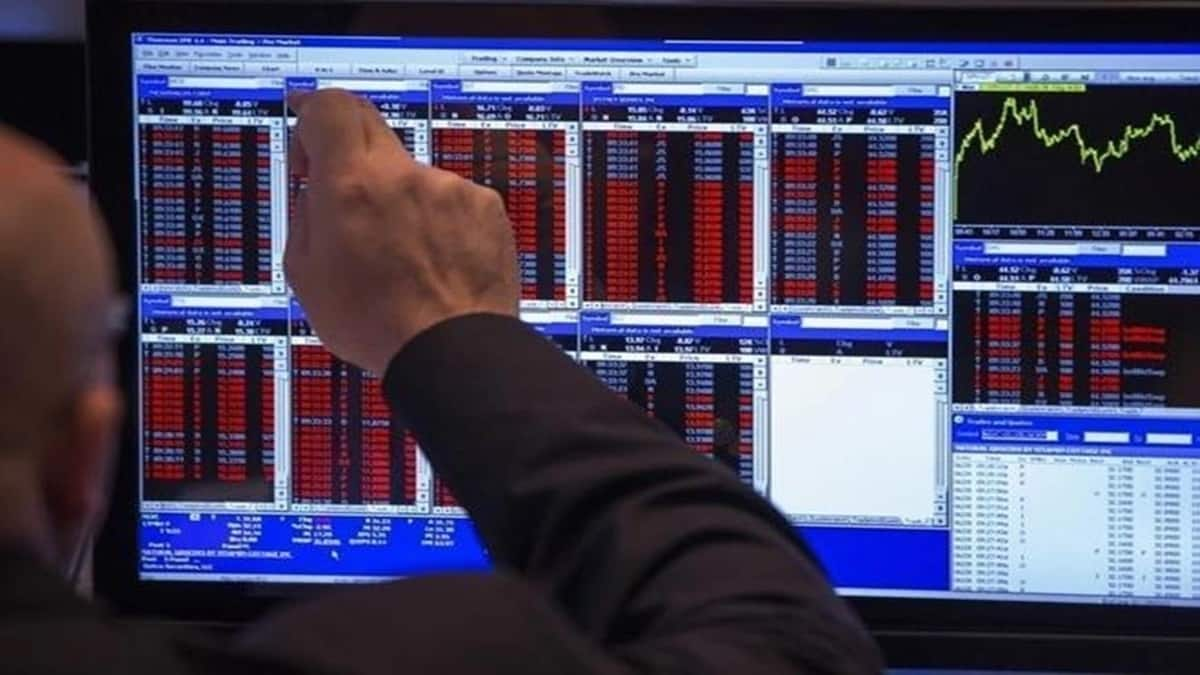
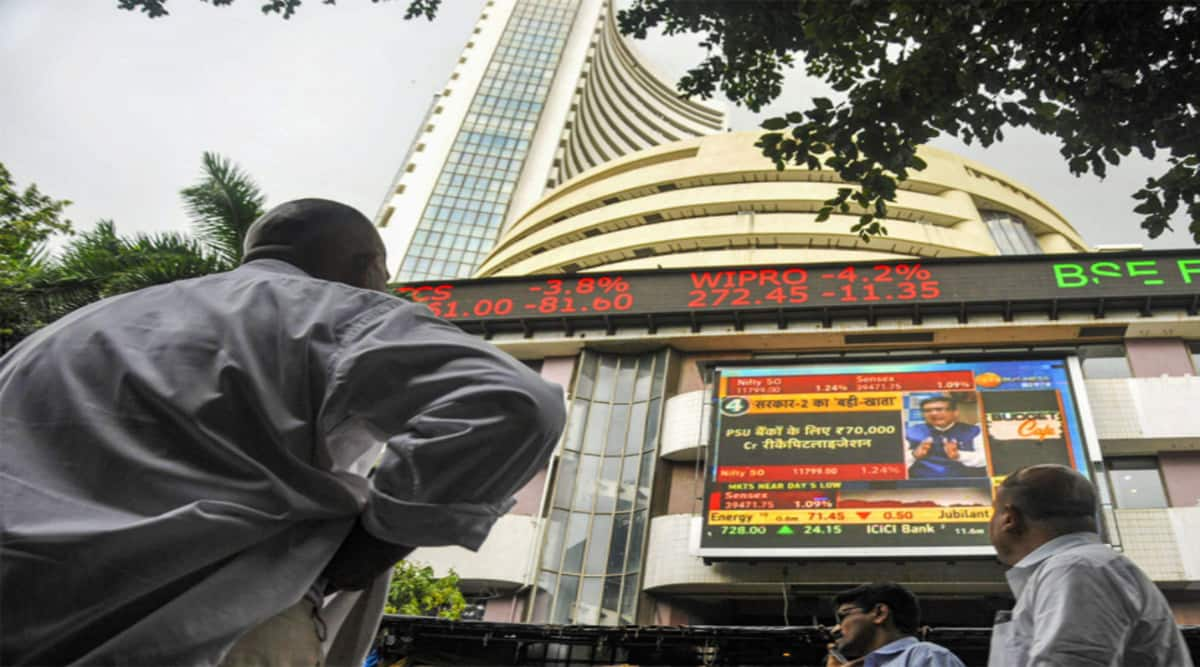
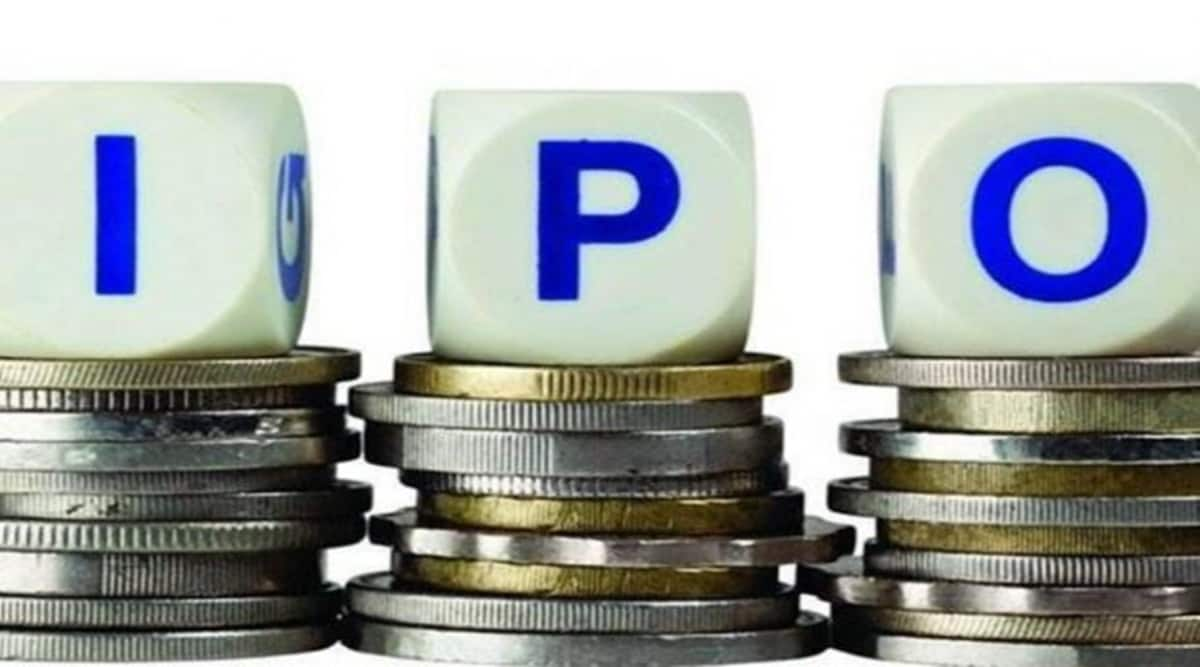


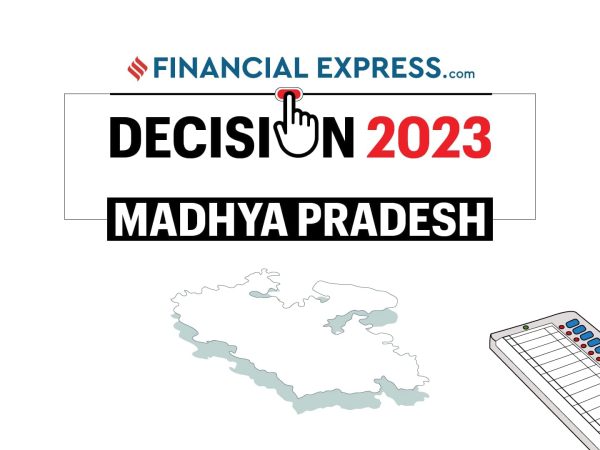
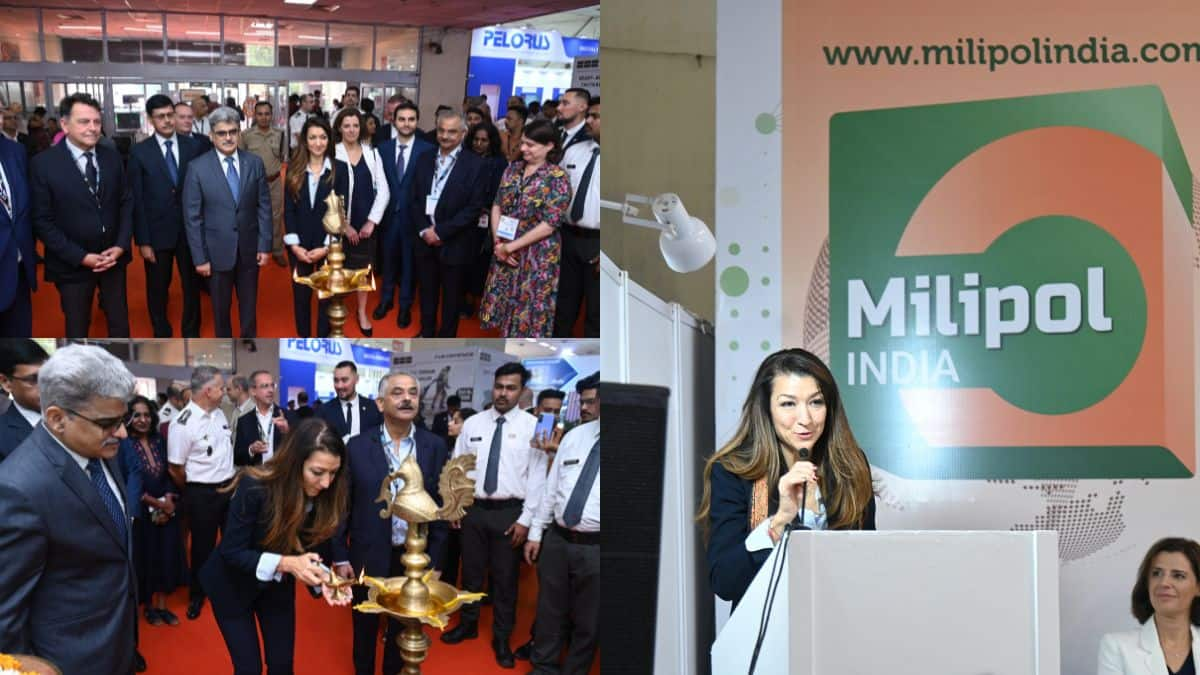

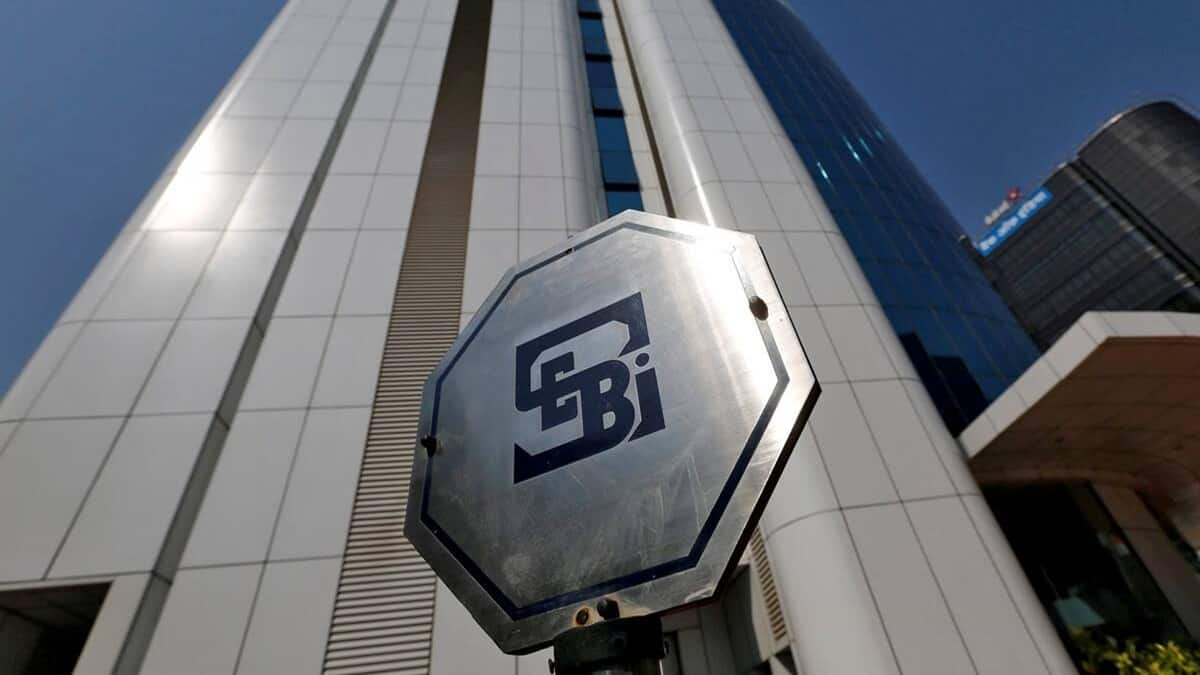

Recent Comments